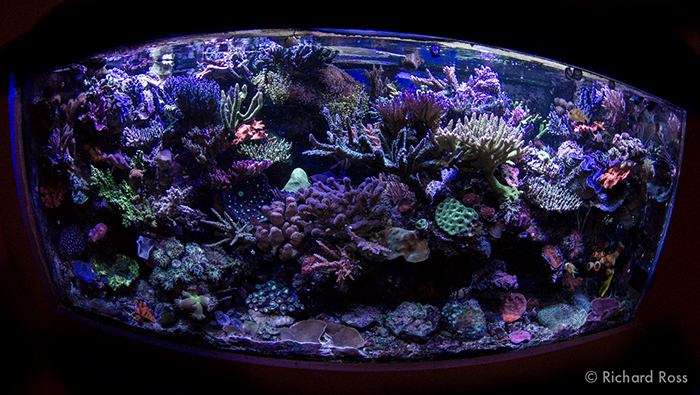Randy Holmes-Farley
Reef Chemist
View Badges
Staff member
Super Moderator
Excellence Award
Expert Contributor
Article Contributor
R2R Research
My Tank Thread
- Joined
- Sep 5, 2014
- Messages
- 67,400
- Reaction score
- 63,734
Reef Chemistry Question of the Day #285
Reefers often hear that organisms in their aquaria may deposit aragonite or calcite, but do not always pay attention to what those words imply.
What is (are) the difference(s) between aragonite and calcite?
A. Aragonite contains one carbonate ion for every two calcium ions, while calcite contains one carbonate ion for each calcium ion
B. At room temperature, aragonite is more stable than calcite
C. At high pressure and temperature, aragonite transforms into calcite
D. In seawater at low pH (say, pH 7), calcite is less soluble than aragonite
Pick all that you think apply.
Good luck!
Previous Question of the Day:

 www.reef2reef.com
www.reef2reef.com
Reefers often hear that organisms in their aquaria may deposit aragonite or calcite, but do not always pay attention to what those words imply.
What is (are) the difference(s) between aragonite and calcite?
A. Aragonite contains one carbonate ion for every two calcium ions, while calcite contains one carbonate ion for each calcium ion
B. At room temperature, aragonite is more stable than calcite
C. At high pressure and temperature, aragonite transforms into calcite
D. In seawater at low pH (say, pH 7), calcite is less soluble than aragonite
Pick all that you think apply.
Good luck!
Previous Question of the Day:

Reef Chemistry Question of the Day #284: Freezing Seawater
Reef Chemistry Question of the Day #284 The freezing point of 35 ppt seawater is described as being -2 °C (or 28.4 °F). https://oceanservice.noaa.gov/facts/oceanfreeze.html# Suppose you take a sample from your aquarium with a salinity of 35 ppt and send it off through the mail for analysis on...
 www.reef2reef.com
www.reef2reef.com



















